Planting and caring for clematis in the open field: instructions for beginners
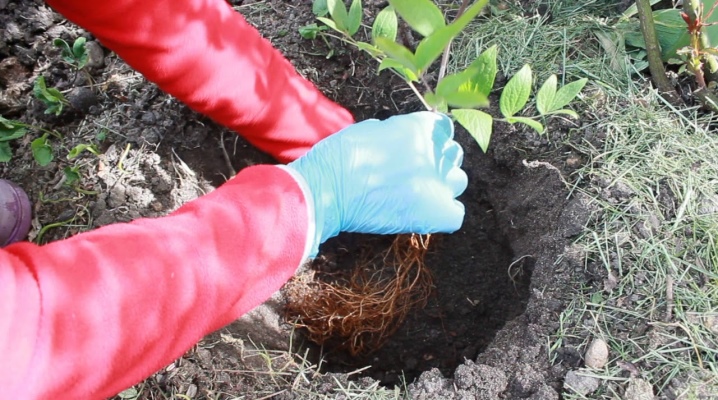
Clematis is a plant that has long, powerful vines and beautiful flowers. It is used for landscaping not only gardens, but also gazebos or even houses, because its vines can trail along any support. The length of the branches in some cases can be up to 4.5 meters, and the flowers grow up to 17 centimeters in diameter. Flowering can last for quite a long time: from 2 to 4 months. During this time, up to five hundred flowers can bloom on one bush. Of course, such beauty will not leave anyone indifferent.
Many years ago, these beautiful plants could only be found in winter gardens or greenhouses. Now such bushes are calmly planted even by novice gardeners. In order for the plant to take root, you need to provide it with proper care.
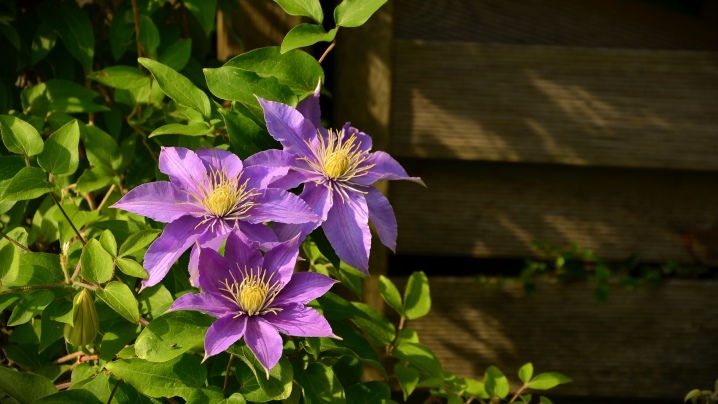
Timing
Clematis can be planted in open ground at different times of the year. So, those plants that have an open root system are recommended to be planted in autumn or spring. But clematis with closed roots can be planted in the summer. In this case, there will be no danger - the plant will have time to take root by the winter period.
It is most reliable to plant clematis in the spring, because this way the plant will have time to take root well and prepare for the cold weather. But along with this, this approach has some disadvantages. It is necessary to meet the required deadlines and not be late with planting, because the vegetative period begins very early in clematis, and if you do not manage to plant them in time, the root system will react to any damage. It is best to plant before the buds open.
Planting is especially dangerous in the autumn in the northern regions, because in these parts clematis will not be able to root well in such a short time. In this case, it should be done in early May. In southern countries, planting can be done even at the beginning of April.
If the plants have a weak root system, then they must be planted in advance in containers and grown in greenhouse conditions. Otherwise, they will simply die.
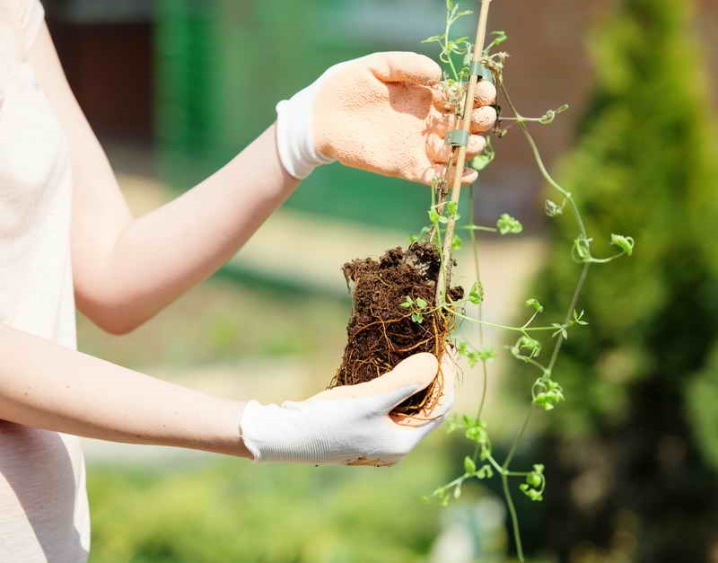
How to choose a seat?
Before planting clematis in the ground, be sure to take care that the place is the most suitable. These plants are quite thermophilic, and they also like moderate watering. Therefore, it is best to plant them in those areas where there is both sun rays and a little shade. The latter is necessary, otherwise the flowers will fade very quickly in the sun. But if there is too much shadow, then you may not wait for flowering.
Besides, the landing site must be well protected from strong winds or drafts... It should be located on a small elevation so that the water in the bush does not stagnate. If this is not possible, then it is necessary to make small grooves intended for water drainage. In addition, the earth should be looser, lighter and not too sour, otherwise the vines will simply wither and disappear.
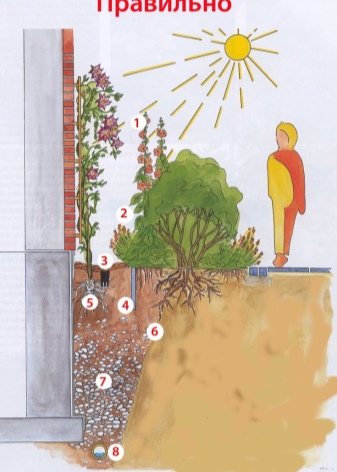
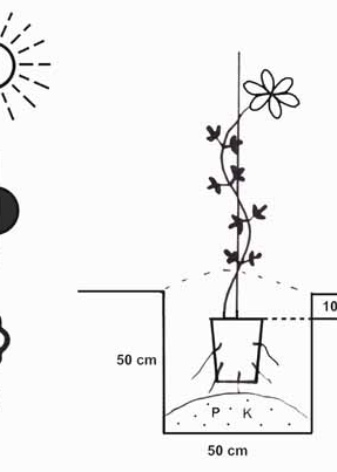
How to plant correctly?
Keeping distance
- Clematis from Jacquemann groups, Viticella, Integrifolia - no closer than 1–1.5 (up to 2) m from each other (as they grow strongly).
- Clematis of the Patens groups, Florida, partly Lanuginoza (not so vigorous) - at least 0.7-1 m apart in the south and 1.5 m in the north (the difference is explained by the fact that in the north for the winter the shoots must be covered by laying them along a row or spirally around the plant itself )
- Vigorous small-flowered species and varieties planted at a distance of 2–4 m from each other.
The root system of most clematis does not spread widely to the sides (up to 70-90 cm) and goes deep, so it does not interfere with neighboring plants. However, there are guidelines for distance:
- Up to trees - no closer than 2m;
- Shrubs - no closer than 1 m.
It is worth isolating the root system from other plants with slate or other material. When planting along walls or fences, you need to maintain a distance of 50 cm and put the supports at an angle to them.
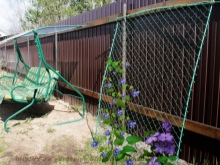

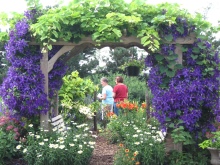
You can plant clematis in different ways. You can use for this not only seeds, but also seedlings. Each method has its own characteristics, which you need to familiarize yourself with in more detail.
Seeds
This planting option is suitable for varieties that have small flowers. But most gardeners try to plant different clematis in this way. In order to get a good seedling, it is necessary to stratify all seeds. This will help to shorten the time of their germination. This is especially true for those seeds, the size of which is more than 1 centimeter, because, planted in a natural way, they will germinate for more than 1 year.
Seed material must be soaked in water with the addition of a growth stimulator. After that, they need to be planted in containers filled with a substrate of ordinary earth, peat and fine sand. The sowing depth directly depends on the size of the seed. For seeds larger than 1 centimeter, the immersion depth should be 2 centimeters. It is enough to immerse medium-sized grains by 10 millimeters, and small ones deepen by 8 millimeters.
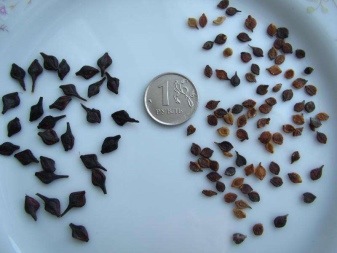

After that, they must be kept for 1 week in a room where the temperature will be around 19 degrees. Next, the container must be moved to the refrigerator on the lowest shelf (approximately 3 months). Some experts take the containers outside and cover them with snow.
With the onset of spring, the container is returned to a warm place again and the seedlings are watered regularly. It is best to place containers on a windowsill. When shoots appear, and this should happen in 21 days, they also need to be moistened, as well as loosened the ground around them. With the appearance of 3-4 leaves, the seedlings must be dived.
After a few weeks, when they are fully strengthened, they can be transplanted to a permanent "habitat".
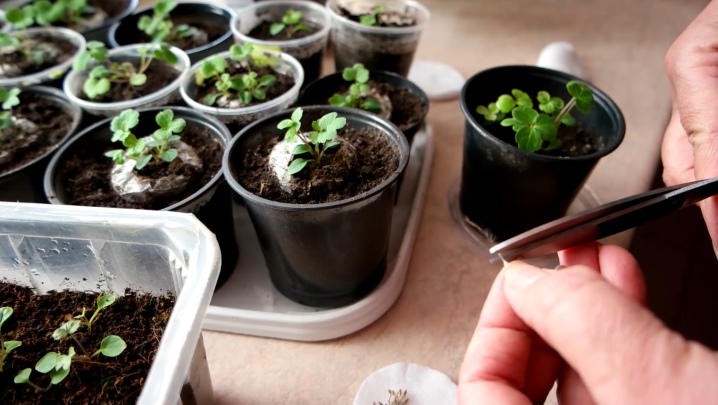
Saplings
It is necessary to plant seedlings in a pre-prepared hole, it must be dug 2 weeks before planting. Its size should be as follows: depth, width, and height - 65 centimeters. At the very bottom, you need to lay out a drainage layer, which should be at least 15 centimeters. Broken brick, fine gravel, and expanded clay are suitable for this.
After that, you need to fill up the substrate, which should include:
- 1 bucket of humus;
- several handfuls of ash;
- 1 bucket of ordinary earth;
- 40 grams of superphosphate;
- if necessary 1 bucket of fine sand.
After 2 weeks, you can plant seedlings in the hole, because during this time the substrate should settle down well. It is imperative to put a support for the future clematis. The root collar must be deepened so that it is no higher than 15 centimeters from the soil level. Then everything must be covered with earth and compacted well. After that, be sure to water and cover with a layer of mulch so that moisture does not evaporate from the ground.
The seedlings don't grow too fast. At first, the root system develops well, and then the ground part.

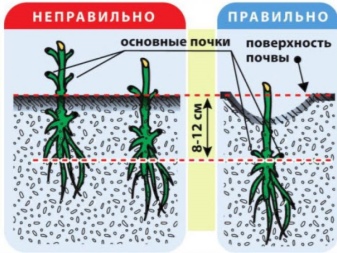
Planting out of the pot
In the event that a seedling is purchased in a pot, it can be planted both in early spring and in summer, because its root system is already well developed. The pit must also be prepared in advance. Meanwhile the seedling will need to be carefully removed from the pot and its root system should be soaked in a solution with the addition of a growth stimulator for several hours.
Next, it must be placed on a mound of the ground and carefully spread the roots on all sides. Then everything must be covered with earth so that the root collar is immersed in it by 5 centimeters. If the seedlings are larger, then the immersion must be done to a depth of 15 centimeters. After that the ground must be well compacted, watered and covered with a layer of mulch... This will protect the plant from drying out.

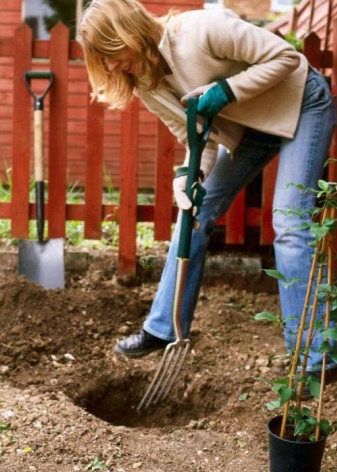
Follow-up care
In the case of proper clematis care, he will be able to please his owners with beautiful and lush flowering in the second year. For the first year, you will need to remove all the flowers that appear on the bush, and this must be done even before the buds appear. During this period, clematis are still very weak, they need a lot of strength to strengthen the root system. In the case of flowering, the bush will consume them for this process and will ultimately become very weak, which will affect its further growth.
Watering
Young clematis require a lot of moisture. They need to be watered often, but not so abundantly. Do not allow waterlogging or drying out of the earth. It will be sufficient to hydrate the plants 2 or 3 times a week.
Under one young bush, you will need to pour 5 liters of water. After watering, be sure to loosen the ground around it.
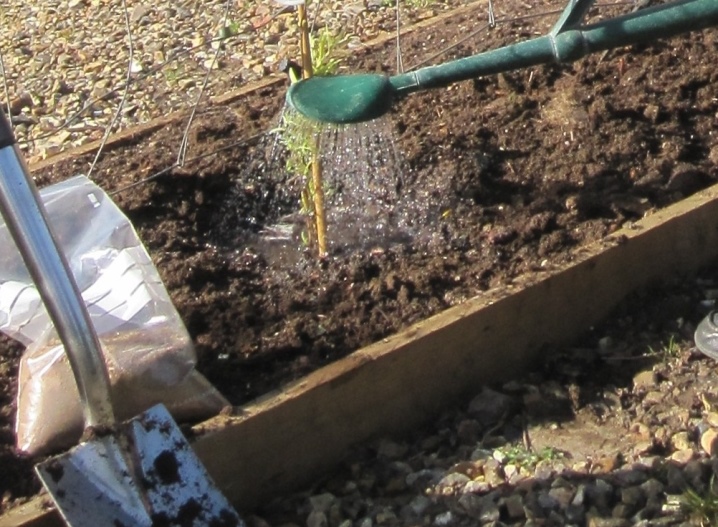
Fertilizer
In the first year, you should not make any additional fertilizing. This is permissible only if, when planting in the ground, the useful substances necessary for clematis have already been added. In the second year, you can use nitrogen fertilizers, but at the same time, the dosage should not be too large, because this can lead to the fact that the bush will have a large number of shoots, and there will be too few flowers on it. In addition, complex fertilizers from potassium and phosphorus can be applied before flowering begins.
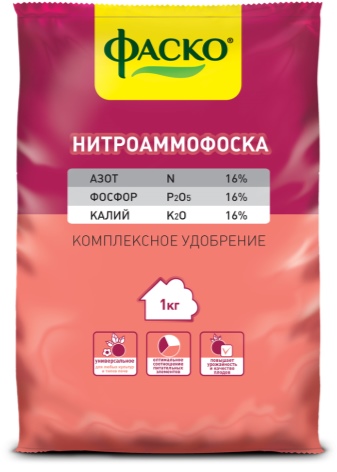
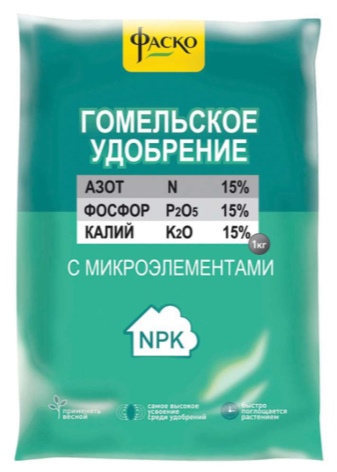
Tying
It is very important for clematis, because the further development of the bush, as well as its protection from various diseases, will depend on it. Most often, such plants are tied to special supports that are installed when planting it. First you need to fix the very bottom of the bush, this should be done as close to the ground as possible. This will protect the clematis from any mechanical damage.
The vine must be distributed in the form of a fan. In the future, the shoots themselves will be able to grow in the desired direction.
If necessary, the owners can themselves regulate both the growth and flowering of clematis.


Pruning
Sanitary pruning should be carried out annually. This can be done throughout the season. In this case, it is necessary to remove all dry and diseased shoots. In addition, there is also autumn pruning. However, it is carried out in different ways and depends on the type of clematis.
Experts distinguish three groups of pruning.
- To the first group includes those plants whose flowering begins in late May or early June. Most often this happens on shoots from the previous year. Such clematis can not be cut off for the winter, but done after flowering, and then only if the vines are too tall. However, do not forget to remove the flexible branches from the supports and shelter them from frost.
- To the second group includes clematis that bloom both on previous shoots and on the stems of this year. Their pruning should be done 2 times a year. For the first time - in May, when last year's vines bloom. It is the old shoots that need to be cut off. The second pruning will be needed only before the onset of the first frost, and it is necessary to remove the vines of the current year. It is worth removing a third of the shoots.
- To the third group include plants that bloom on young shoots. Full pruning in this case is carried out in the fall, after which the plant is covered.
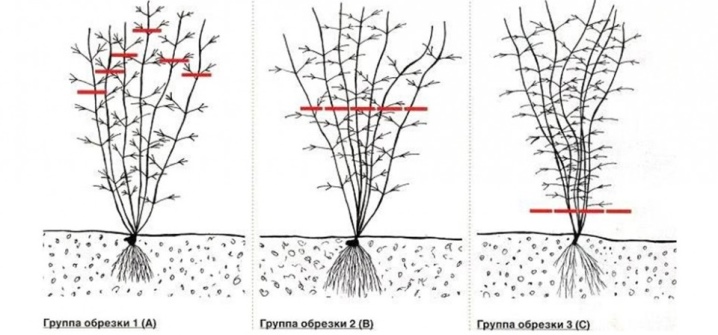
Preparing clematis for the winter period
Although clematis is frost-resistant, it is best to cover them for the winter. You can use a variety of materials for this.It can be earth, and dry leaves, and humus, and spruce branches, that is, what will be at hand. In that case, if any rodents were seen on the territory of the site, it is imperative to put a means to fight them under the shelter. From above, clematis can be additionally covered with a knocked down wooden shield to protect the bush from getting wet.
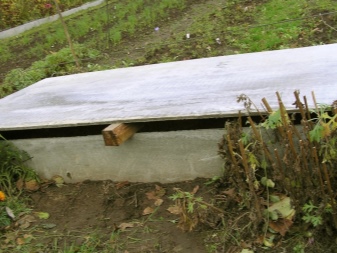
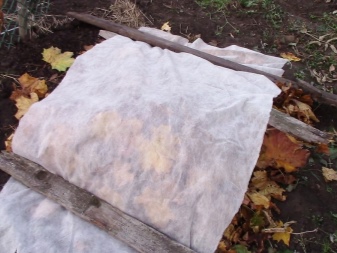
Opening clematis in spring
As soon as the snow melts and it is quite warm outside, you can remove the covering material. After that, experts recommend treating the bush with special agents for fungal infections. Besides, you will need to feed the plant with ammonia fertilizer.
Tips from experts
Those who decide to plant clematis for the first time on their site need to heed some advice. In the event that the buds of the purchased seedling have not blossomed, then together with the film, you can put it in the refrigerator or under the snow for several days, and then move it to heat. Such a shake-up will help to cope with this problem.
If it is still cold outside, and leaves have already appeared on the plant, it must be transplanted into a container that is slightly larger in size. In addition, if the shoots are growing too much, they must be pinned.
Many people, seeing this delicate and beautiful plant for the first time, immediately want to purchase it and plant it on their site. And it's not in vain, because clematis may well compete with various exotic plants... Its large flowers fall from beautifully made supports like waterfalls, and this attracts attention.

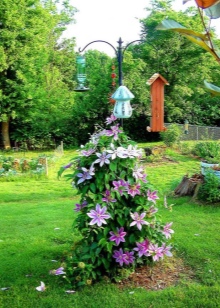
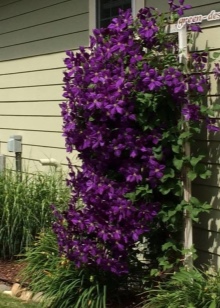
However, in order to achieve such beauty, you need to pay a little attention to this handsome man. And the main thing is to familiarize yourself with the rules for planting it and subsequent care for it. Only in this case can you expect an excellent result.
For the rules for planting clematis in open ground in the spring, see further in the video.







































































































Thanks for the article. I planted it several times, did not survive. Now I will try again according to your recommendations.
Thank you, very helpful article.
The comment was sent successfully.